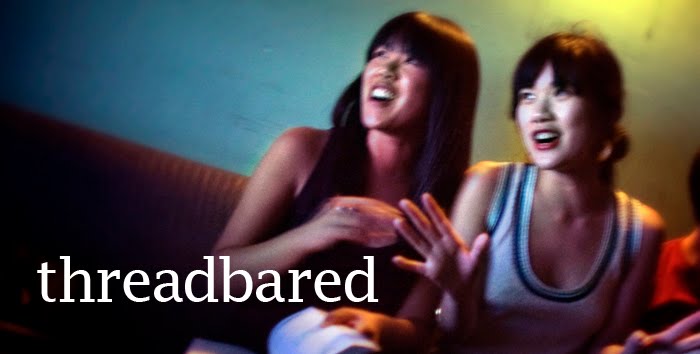 After several years of design research, in 2005 New York-based Argentinian artist Judi Werthein designed a high-top sneaker for both the sneaker freak collecting limited editions, to whom the sneaker is available for $215 a pair at a San Diego boutique, and for the Mexican migrant preparing to cross the U.S.-Mexico border, to whom Werthein and her partners gives the sneaker for free. (Thank god Kathleen Hanna is blogging, or I wouldn't have heard about Werthein.) From Delete the Border:
After several years of design research, in 2005 New York-based Argentinian artist Judi Werthein designed a high-top sneaker for both the sneaker freak collecting limited editions, to whom the sneaker is available for $215 a pair at a San Diego boutique, and for the Mexican migrant preparing to cross the U.S.-Mexico border, to whom Werthein and her partners gives the sneaker for free. (Thank god Kathleen Hanna is blogging, or I wouldn't have heard about Werthein.) From Delete the Border:A compass and flashlight dangle from one shoelace. The pocket in the tongue is for money or pain relievers. A rough map of the border region is printed on a removable insole....
The [Brinco] shoes were introduced in August at inSite, an art exhibition in San Diego and Tijuana whose sponsors include nonprofit foundations and private collectors. [From the BBC: "The artist was commissioned...to develop a project that "intervened" in some aspect of border life."]
Benefactors put up $40,000 for the project; Werthein gets a $5,000 stipend, plus expenses....
Across the border, several curious migrants waiting for sunset along a cement river basin approached Werthein as she took white shoe boxes out of a sport utility vehicle. One man already wore a dirty pair of Brincos. Another, Felipe de Jesus Olivar Canto, slipped into a size 11 and said he would use them instead of his black leather shoes.
"These are much more comfortable for hiking," said Olivar Canto. He said he was heading for $6.75-an-hour work installing doors and windows in Santa Ana, about 90 miles north of border.
From there, Werthein went to Casa del Migrante, a Tijuana shelter that will receive a share of the proceeds from Brincos sold in the United States.
"Does it have a sensor to alert us to the Border Patrol?" joked Javier Lopez, 33, who said he had a $10-an-hour job hanging drywall waiting for him in Denver.



